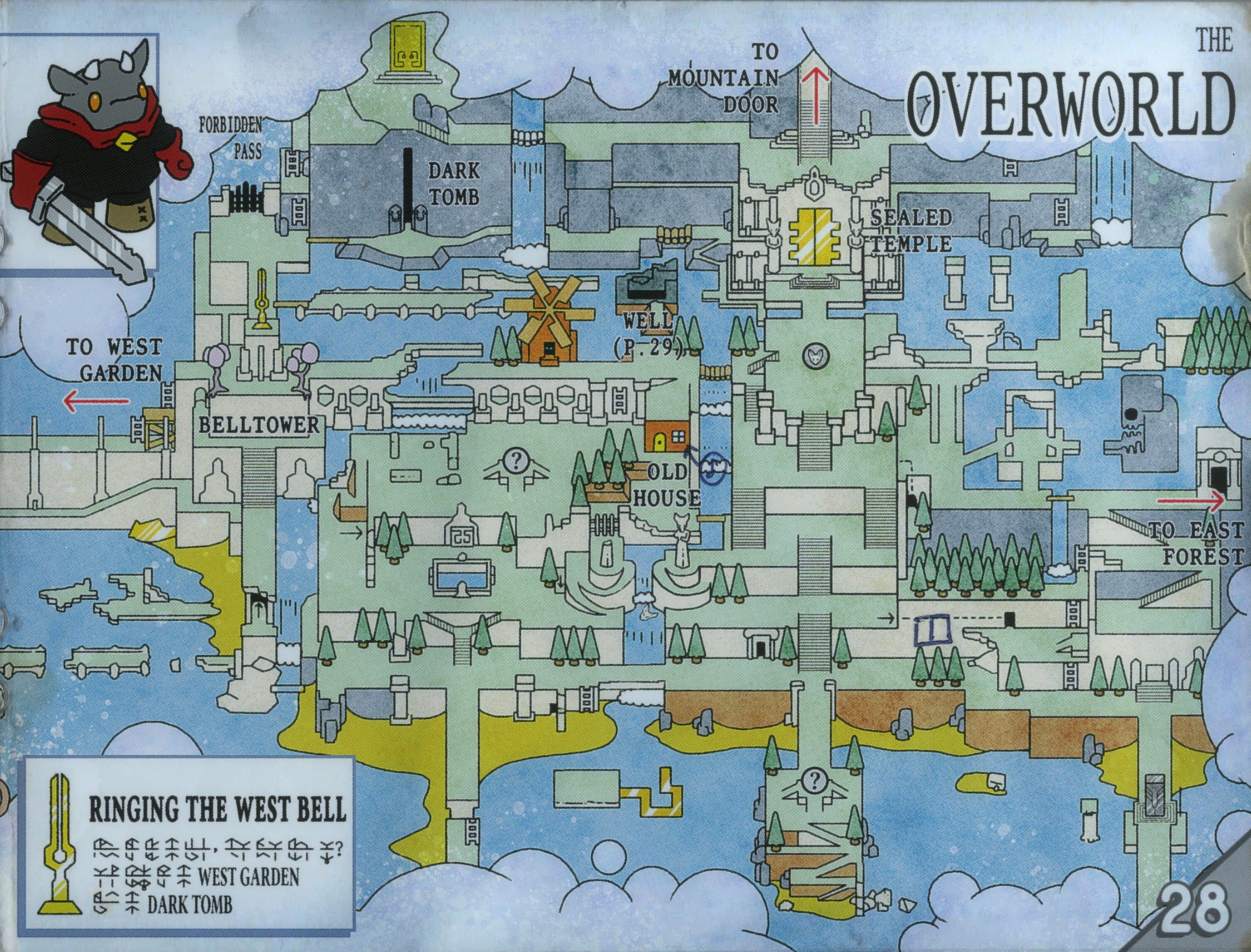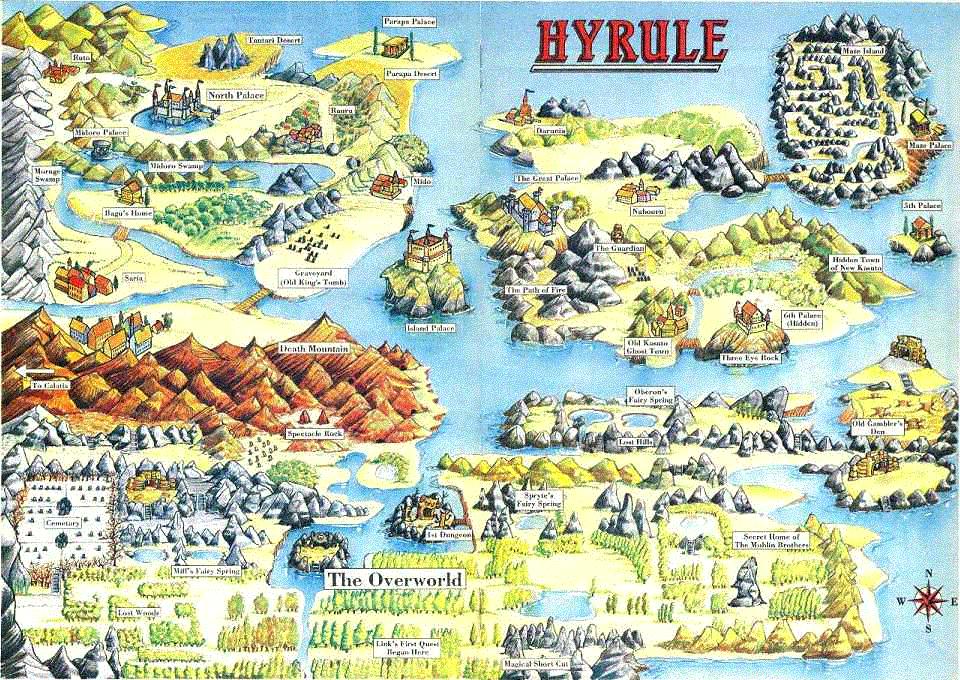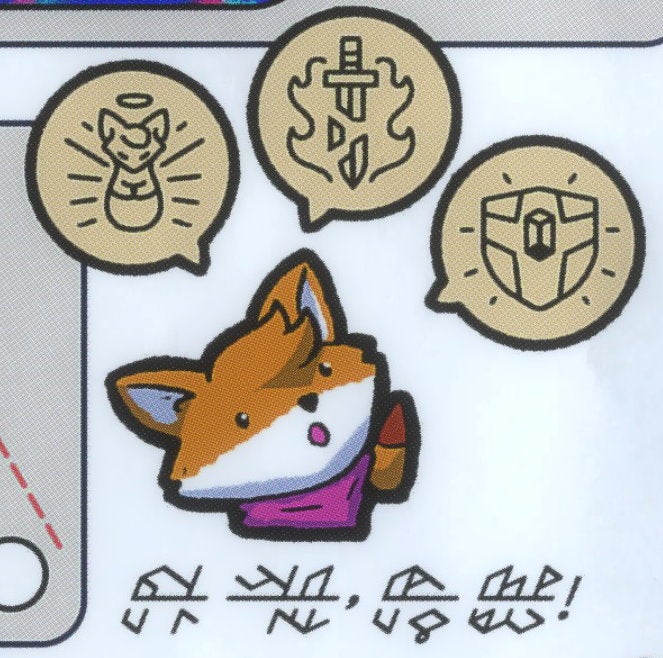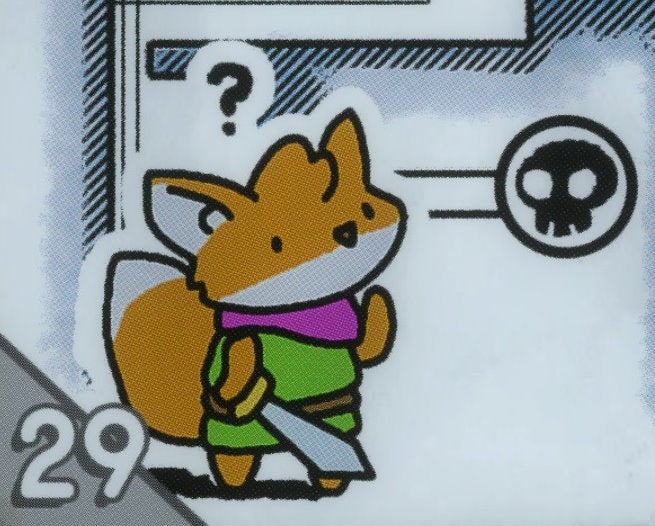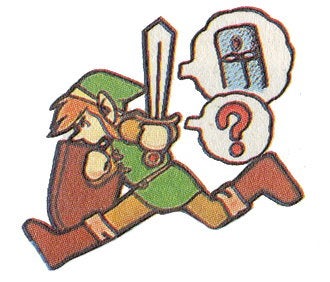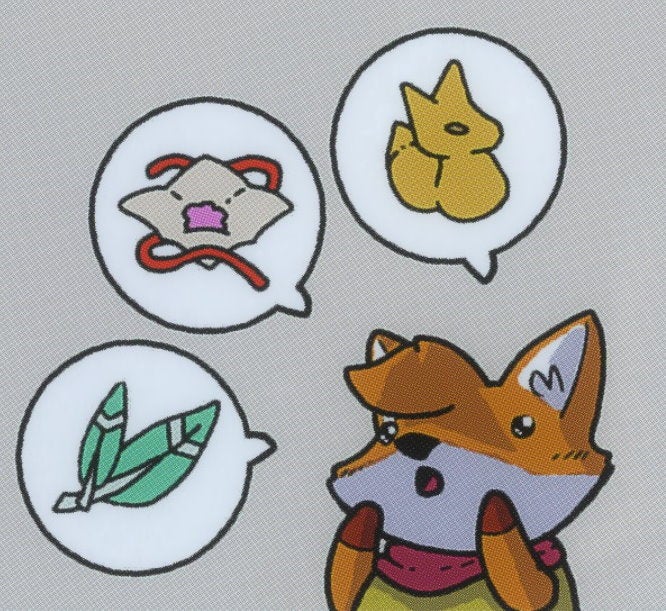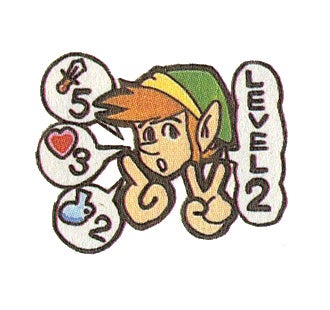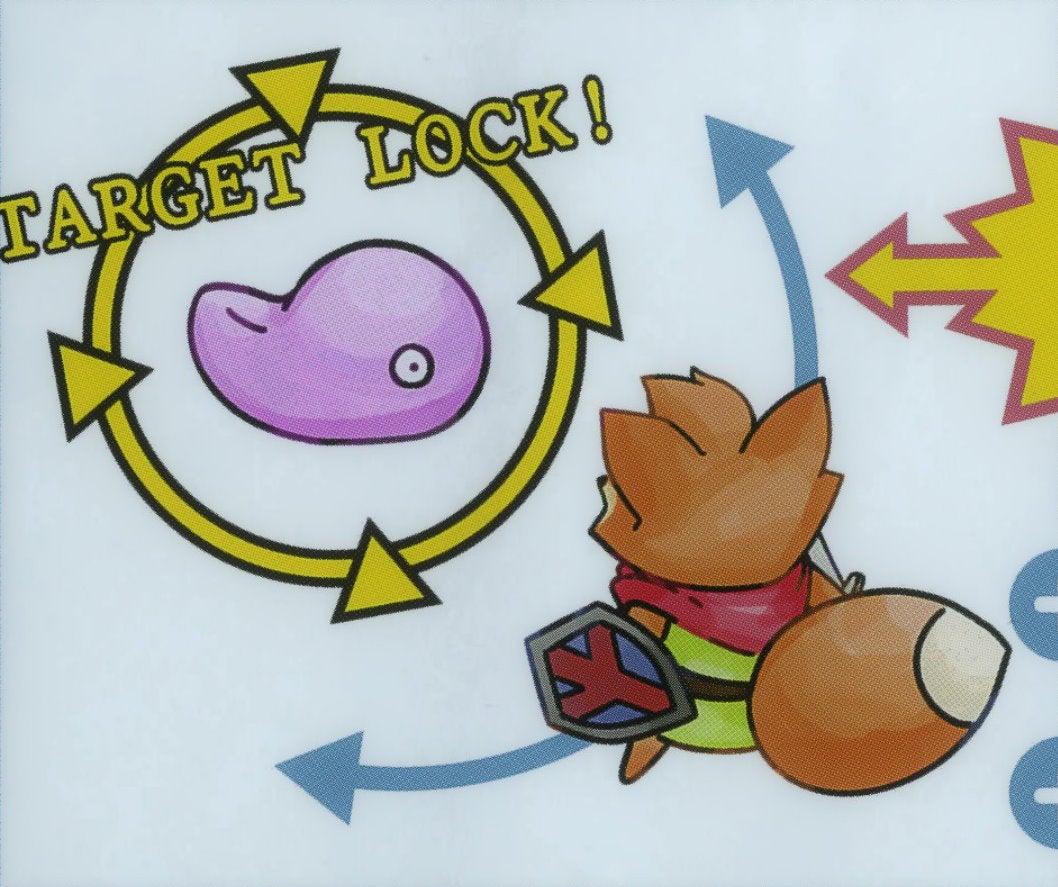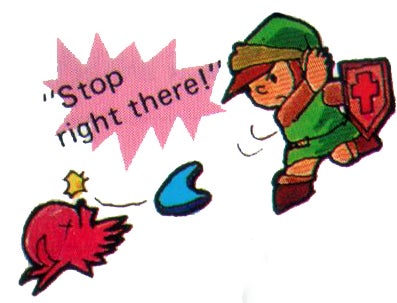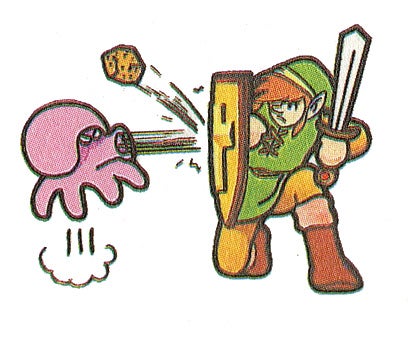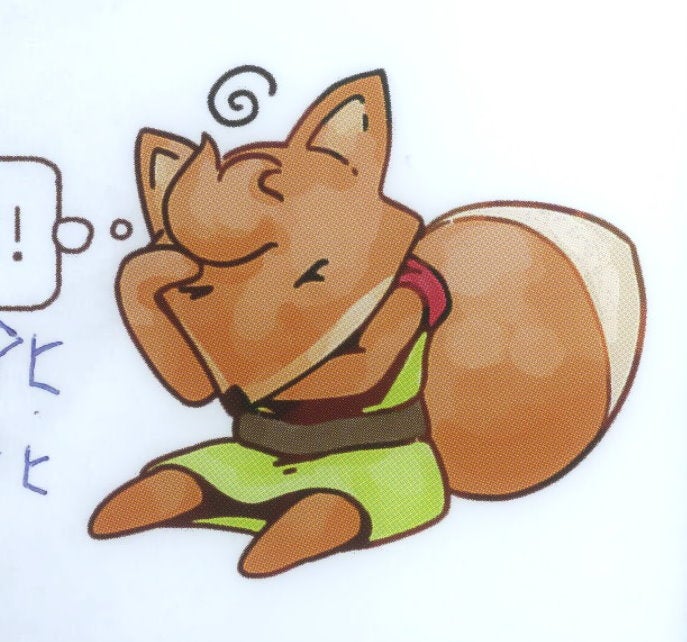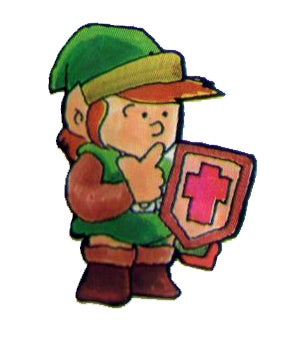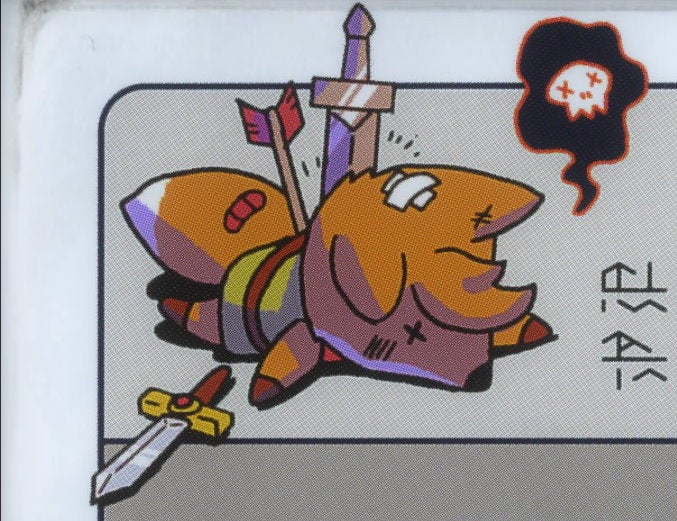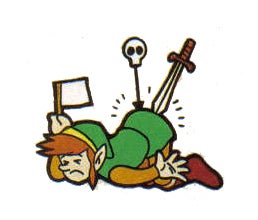When Imogen (RPS in peace) interviewed Tunic dev Andrew Shouldice last September, they talked about how instruction manuals were a fundamental part of a game’s design back in the days of the NES, and at one point he even pulled out his old instruction booklet for Zelda II: The Adventure Of Link to demonstrate some of the “tantalising hints” they’d offer to curious players. As Brendan (also RPS in peace) noted in our Tunic review, the in-game manual is indeed a critical part of what makes Tunic special, and the act of piecing it together page by page really does capture that feeling of discovering some great secret that only you and the dev team know about. But here’s a secret between you and me: it’s not by chance Shouldice pulled out that old Zelda II manual during our interview last year. His fox hero may be cut from the same cloth as Nintendo’s green sword-swinger, but the art inside Tunic’s instruction manual also pays a wonderful tribute to those Zelda booklets of yore, too. Of course, part of the joy of Tunic is discovering these manual pages for yourself, so I’ve attempted to crop the following bits of manual art as much as I can to avoid potential spoilers. Hopefully I’ve been successful, but also: fair warning. If you want to play Tunic with completely fresh eyes, maybe bookmark this page and come back once you’ve found a few pages of your own. Also: check out Tunic instruction manual artist ma-ko’s other work while you’re at it. It’s stunning stuff. A special thanks also to Zelda Europe and History Of Hyrule, who have been diligently collating and scanning in all sorts of Zelda artwork for actual years. Both are great resources for life-long Zelda fans, and particularly for big Adventure Of Link likers such as myself (as it is hands down the best NES Zelda game and I will fight anyone who says otherwise). I’m going to start with a nice early one. One of the first pages you find in Tunic is a map of the game’s overworld. It’s a lovely thing to look at, packed full of fun details like staircases, waterfalls, place names and landmarks, but hot damn if it didn’t also make me think of the combined Legend Of Zelda / Zelda II: Adventure Of Link overworld map that was printed in its Valiant Comics series. I love looking at video game maps, especially maps that fit together from different games like this. Could honestly pore over these all day given the chance… My favourite bits of Tunic’s instruction manual, though, are the little accompanying drawings of your fox protagonist as the manual explains its controls and various systems. Much of Tunic’s manual is obscured by cryptic runes, so you never really quite know what it’s getting at, but the pictures do a great job of pointing you in the right direction - or at least prompt you to ponder what they might mean, like so: In a similar vein, there’s a page in Tunic’s manual that gives you a hint about how strong you should be before taking on a particular boss. I’ve cropped out the numbers to avoid spoilers, but it immediately reminded me of this bit of Zelda II artwork explaining how its attack, magic and life upgrades worked. Now, I’ll put my hands up here, the next two images aren’t massively close in appearance, but I do feel this image of Link smiling and raising his finger is similar to Tunic’s lecture wand at least in spirit, if not exact pose. Also, shoutout to Tunic accurately capturing the entire vibe of the last two years in a single sentence. When it comes to fighting enemy tutorials, though, some things never change. Sorry pink slimes / octoroks, you are forever doomed to look like dumb fools as you teach players the basics of combat. Sometimes, though, clues aren’t enough, leaving our heroes well and truly stumped. Not gonna lie, this is probably quite an accurate representation of how I felt once I hit Tunic’s ‘What’s Next?’ achievement: Finally, the illustration Shouldice showed Imogen during her interview was one of Link on the floor waving a little white flag with an arrow and sword stuck on his bum. This is next to the tip for ‘what to do when you run out of lives’. Tunic has a similar page in its manual, and I actually squeaked and pointed at the screen when I saw what was on it. I mean, come on, how perfect is that? There are more examples I could draw on (sorry) in how Tunic details some of its wider illustrations and items and weapons, but those I’ll leave you to discover for yourself. I wouldn’t want to spoil all of its secrets, after all. In closing, Tunic’s instruction manual is a genuine marvel, even more so than its green-garbed hero. Not only does it allow for its own dripfeed of in-game hints and riddles, but the tribute paid to its retro roots in its artwork is in itself another carefully laid pact between player and creator. Nothing is lost if you’re unaware of the Zelda connections, of course, but for those in the know, it’s another delicious nugget that can needle away in my brain rent free when it’s time to put the pad down. For me, it’s connections like this that make the thrill of finding a new page feel as potent as it did in hour one as it does now in hour fifteen, and I’ve reached that stage where I’m deliberately delaying going to fight the final boss just so I can carry on rummaging around in its chest of secret goodies before I have to say goodbye. I love it when a game makes the sparks in my brain fly like this. It doesn’t happen often, at least outside of actual Zelda games. Outer Wilds did it, Heaven’s Vault did it, and Inscryption and Return Of The Obra Dinn did it, but that’s still only something that happens like once or twice a year tops. I treasure the moment whenever I start to feel those synpases wanting to fly, and right now, Tunic is making it fire on all cylinders. 10 / 10, Bestest Best, GOTY. Goodnight.
